🗺️ Introduction
What Is GI 410 b?
Newly discovered GI 410 b Finding a new planet is always exciting. This time, researchers have discovered a strange planet circling a neighboring star. The recently found planet, GI 410 b, is larger than Earth and belongs to the sub-Neptune class. The April 4 discovery was established using radial velocity. This method, which is frequently referred to as the Doppler method, monitors the movements of tiny stars. These minor alterations take place when a planet applies pressure to its star. This technique has previously been used to discover more than 600 planets.
Scientists on a telescope in Hawaii employed the SPIRou instrument. It looks at near-infrared stars like GI 410. The French optical spectrograph SOPHIE provided more data. It facilitated the process of definitively confirming the planet’s existence.
Imagine a planet that’s puffier than a marshmallow, but still manages to orbit a star just like our Sun. That’s GI 410 b for you—a fascinating new addition to our cosmic neighborhood. It’s been tagged as a “sub-Neptune,” meaning it’s bigger than Earth but smaller than Neptune, with a strange, lightweight structure that’s left scientists both intrigued and puzzled.
Why the Hype Around This Discovery?
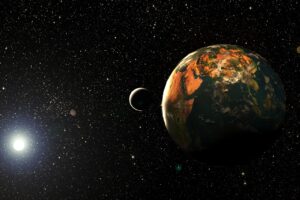
Because GI 410 b offers a unique opportunity to understand a whole class of planets we still know very little about. It challenges our assumptions about planetary formation, especially when it comes to how atmospheres are retained or lost over time. And did we mention it’s orbiting a star much like our own Sun? That only adds to its mystery and appeal.
READ MORE:Apophis Will Pass Closer With Earth in 2029
🔭 The Discovery of GI 410 b
When and Where Was GI 410 b Found?
The planet was detected in 2024, using data gathered by NASA’s Transiting Exoplanet Survey Satellite (TESS). Follow-up observations from ground-based observatories around the world helped confirm its existence.
The Role of TESS and Ground-Based Observatories
TESS scans the sky, watching for tiny dips in brightness that occur when a planet passes in front of its star—what astronomers call a transit. When TESS observed a consistent dimming around GI 410, scientists turned their attention to it, conducting follow-up radial velocity measurements to confirm a planet was indeed there.
First Clues That Made Astronomers Curious
Initial data showed something odd: the planet was quite large but surprisingly light. That’s not what you’d expect unless the planet had a thick atmosphere and a relatively small core. This puffiness was the first clue that GI 410 b wasn’t your average exoplanet.
💫 Characteristics of GI 410 b
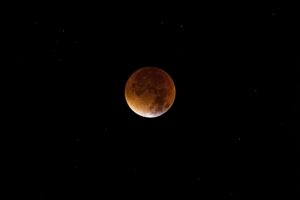
What Makes It “Puffy”?
GI 410 b is roughly 2.5 times the radius of Earth but only has around 8 Earth masses. That gives it a shockingly low density—less than 1 gram per cubic centimeter. This means the planet is composed mostly of gases, with a large, fluffy atmosphere surrounding a much smaller core.
Low Density Explained
It’s like filling a beach ball with cotton candy instead of solid rubber. The size is there, but not the weight. The low density suggests a thick hydrogen-helium atmosphere, likely formed early in the planet’s life.
Its Size vs Its Mass
For comparison, Earth has a density of about 5.5 g/cm³. GI 410 b’s low density makes it one of the puffiest planets discovered, much like the previously studied Kepler-51b and similar “super-puff” exoplanets.
What is a Sub-Neptune Planet?
Sub-Neptunes are planets between the sizes of Earth and Neptune. They often have a solid core surrounded by a gas-rich envelope. Many of these planets exist outside our solar system, as we don’t have a sub-Neptune of our own to study.
Comparison With Other Sub-Neptune Planets
Compared to planets like Kepler-138d or K2-18b, GI 410 b falls on the puffier, lower-density side of the spectrum. Its composition makes it a valuable case study in the wide range of sub-Neptunes discovered so far.
☀️ The Host Star: GI 410
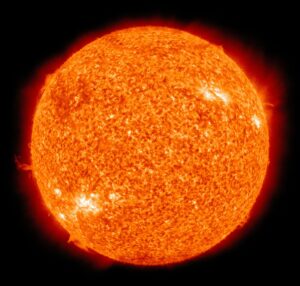
A Sun-like Star in Every Sense?
GI 410 is very similar to our Sun in both temperature and luminosity. This similarity is why scientists are especially interested—it allows them to study how a planet like GI 410 b behaves under familiar stellar conditions.
Stellar Habitable Zones: Is GI 410 b in One?
Sadly, no. GI 410 b orbits much closer to its star than Earth does to the Sun. Its proximity puts it far outside the habitable zone, meaning it’s far too hot for liquid water—or life as we know it—to exist on its surface.
🌀 Orbital Details and Environment
How Close Is It to Its Star?
It’s very close. The planet orbits its host star at a distance of only 0.05 AU (astronomical units), which is just a fraction of the Earth-Sun distance. That’s blisteringly close in cosmic terms.
How Long Does One Year Last on GI 410 b?
A year on GI 410 b—meaning a full orbit—takes only 4.8 Earth days. Talk about a short calendar year!
Atmospheric Conditions and Temperatures
Because of its closeness to its star, temperatures on GI 410 b are likely around 800–1000 Kelvin (roughly 980–1300°F). Its thick atmosphere traps heat, creating an extreme greenhouse effect.
🔬 Importance of GI 410 b in Exoplanet Studies
How It Challenges Current Models
Planets that orbit this close to their stars usually lose their atmospheres due to stellar radiation. But GI 410 b is still holding onto its gaseous layers. This raises questions: Is it younger than we think? Or is there a magnetic field protecting it? Either way, it’s rewriting the rules.
What We Can Learn About Planetary Formation
Studying GI 410 b helps refine our models for planet formation and evolution, especially for low-density planets. It suggests some planets might form farther out and then migrate inward without shedding their atmospheres.
🚀 What’s Next for GI 410 b?
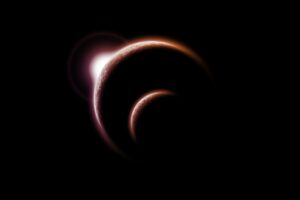
Possible Follow-Up Missions
NASA and other space agencies may use instruments like the Hubble Space Telescope and JWST (James Webb Space Telescope) to study the planet’s atmosphere in greater detail.
Will JWST Observe It?
Highly likely. JWST’s sensitive instruments can detect gases like water vapor, methane, and carbon dioxide in exoplanet atmospheres. GI 410 b is a promising target for such studies.
📌 Conclusion
GI 410 b is more than just a new name on a list of exoplanets—it’s a cosmic puzzle wrapped in a cloud of hydrogen. With its incredibly low density, close orbit, and unusual characteristics, it’s already reshaping our understanding of how planets form, evolve, and survive in extreme environments. Future observations could turn this puffy little world into one of the most important planets in our search for knowledge beyond Earth.
❓ FAQs
What is the difference between a sub-Neptune and a gas giant?
Sub-Neptunes are smaller than gas giants and often have rocky or icy cores with thick atmospheres. Gas giants, like Jupiter, are significantly larger and have much deeper and more massive gas envelopes.
How far is GI 410 b from Earth?
It is located approximately 145 light-years away in the constellation Leo.
Can life exist on GI 410 b?
Given the extreme temperatures and thick gaseous atmosphere, it’s highly unlikely that life as we know it could survive there.
How was GI 410 b discovered?
It was discovered through NASA’s TESS mission, which detects exoplanets by watching for periodic dips in a star’s brightness caused by planetary transits.
Why are puffy planets scientifically interesting?
Because they defy our current understanding of planetary physics—especially how atmospheres behave near stars—and offer new clues about the formation and survival of planets in harsh environments.
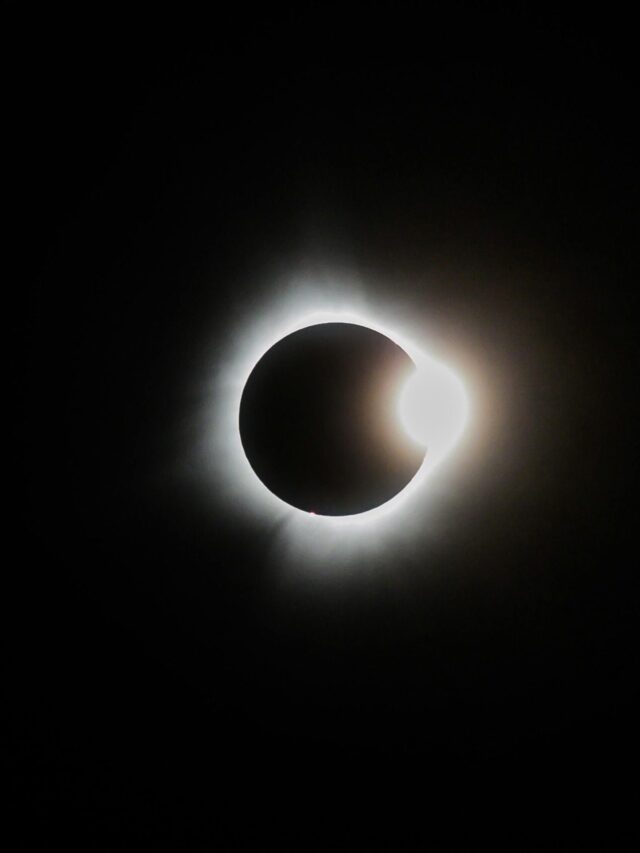
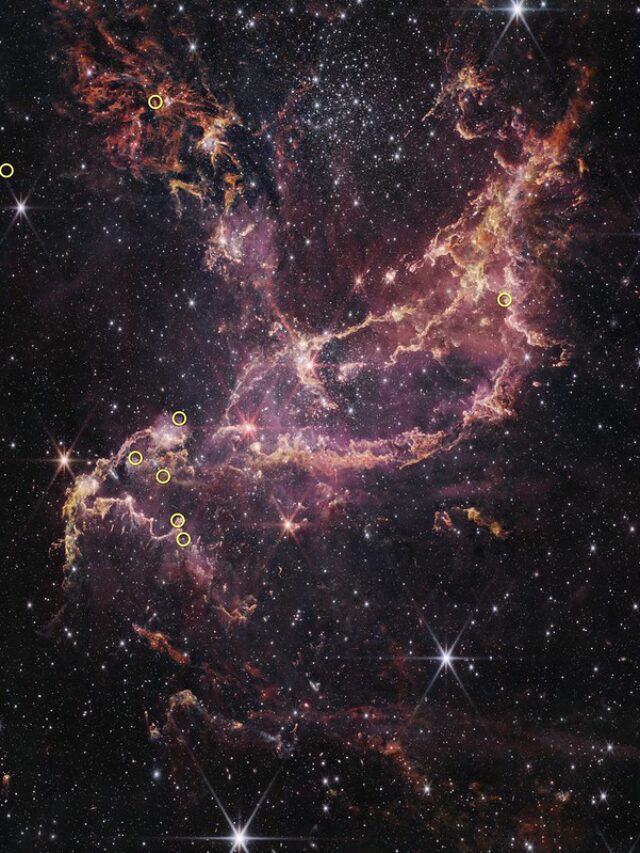
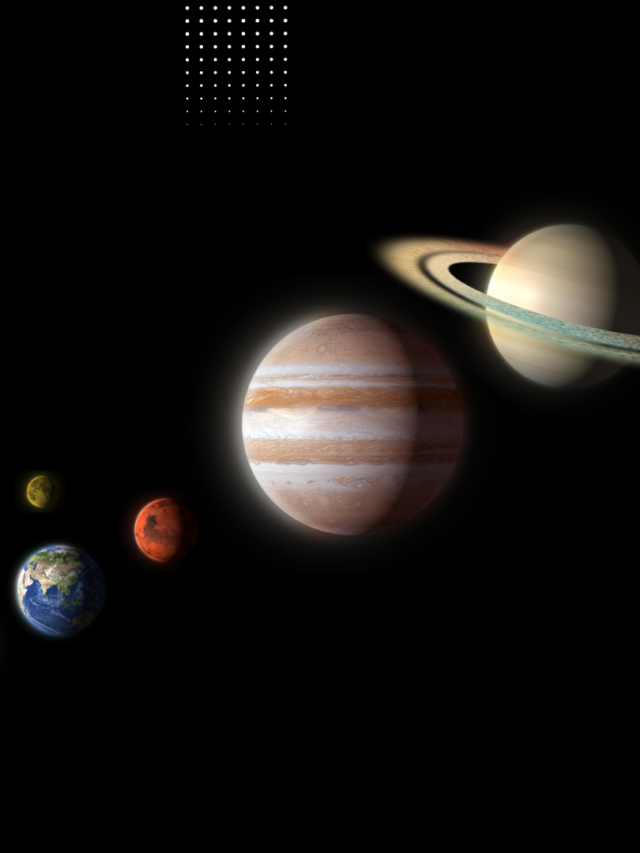




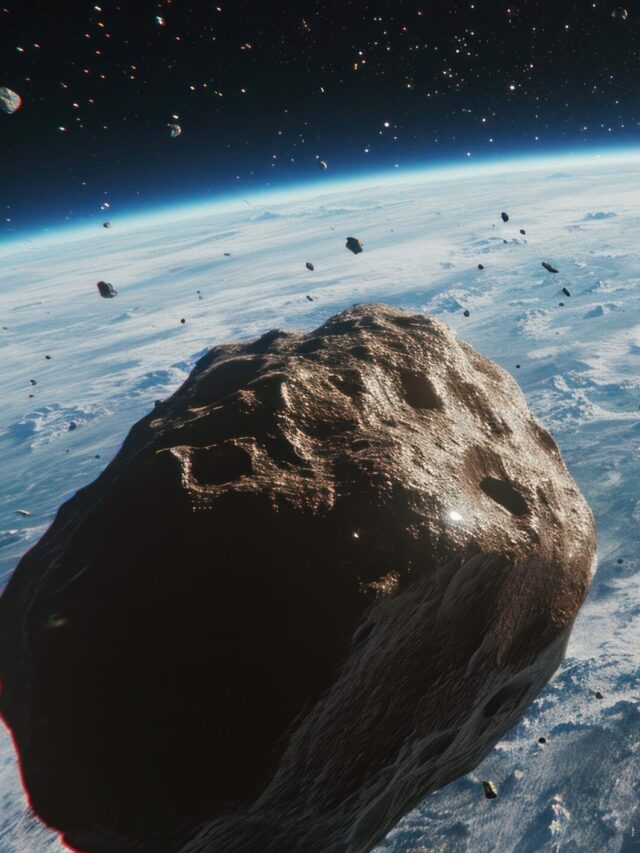
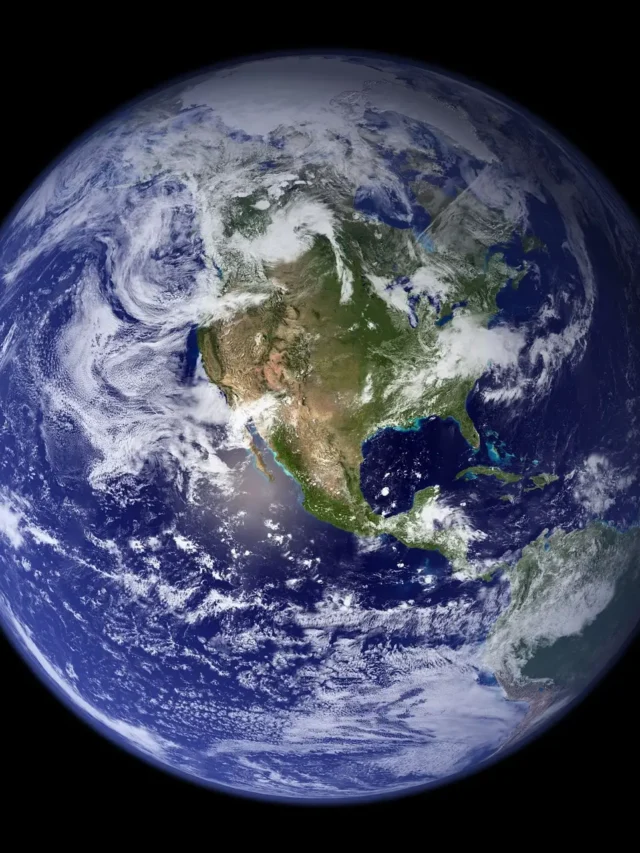


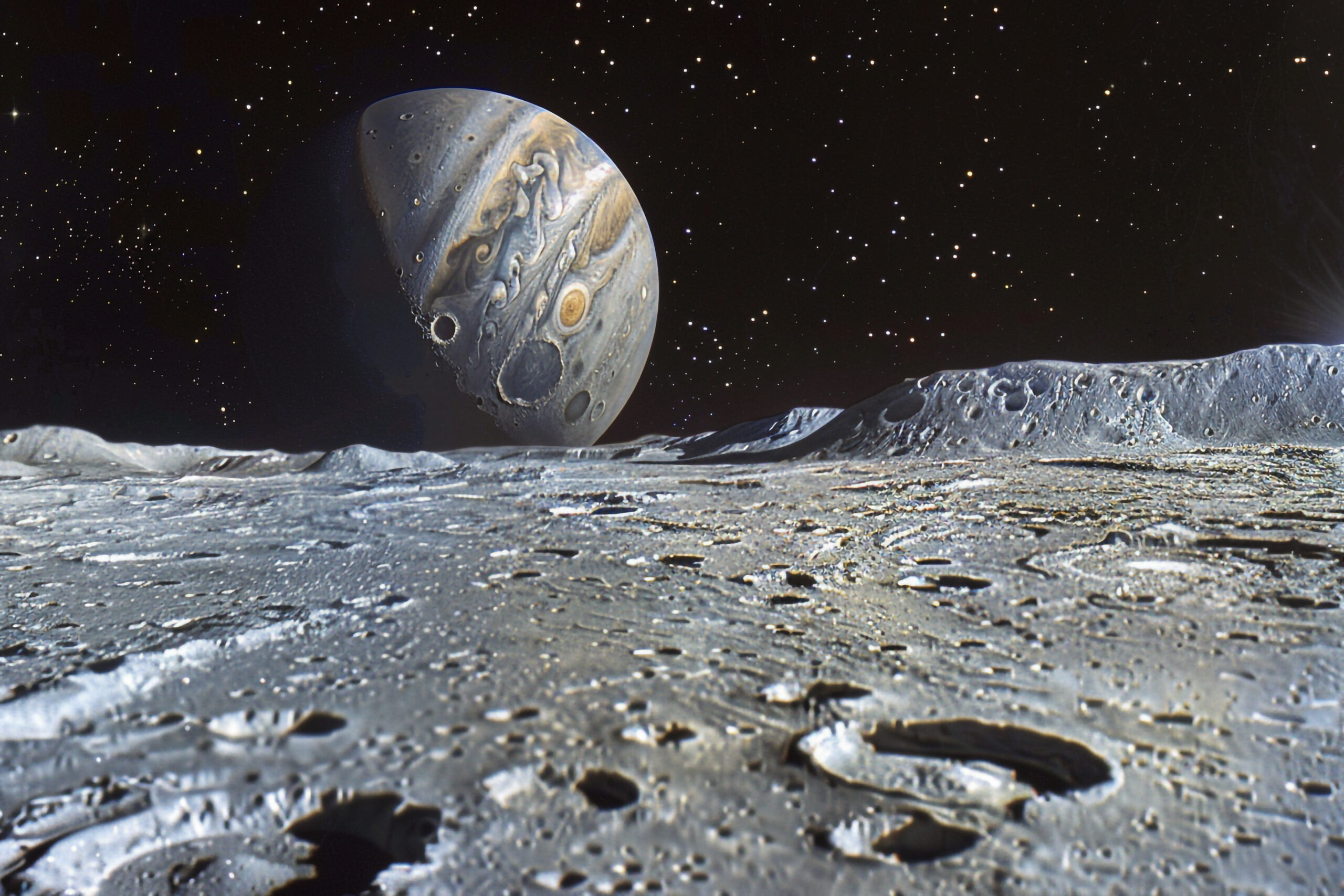
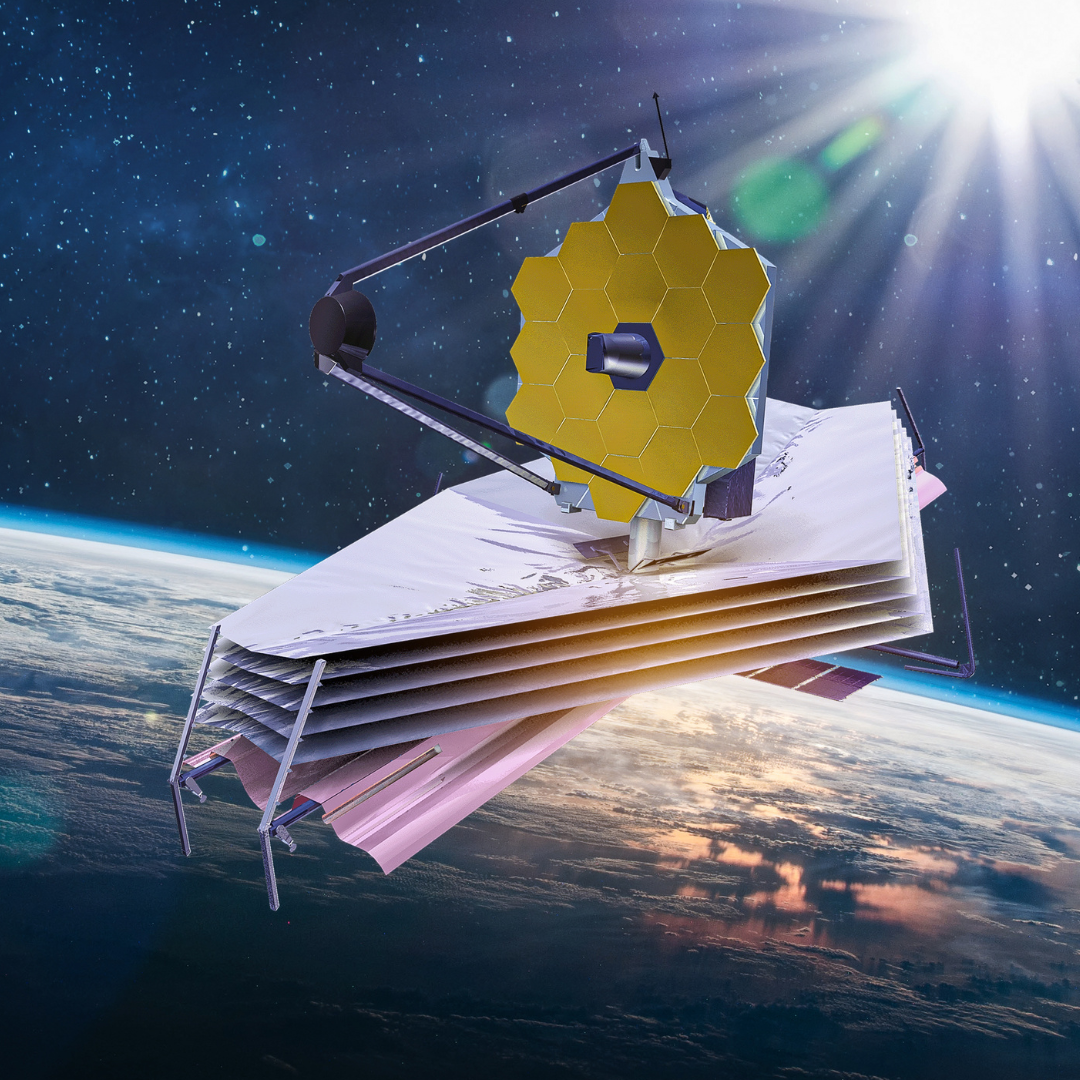
Pingback: How Satellite Helps To surveillance Border?? | India And Pak War | 2025 - astrobites